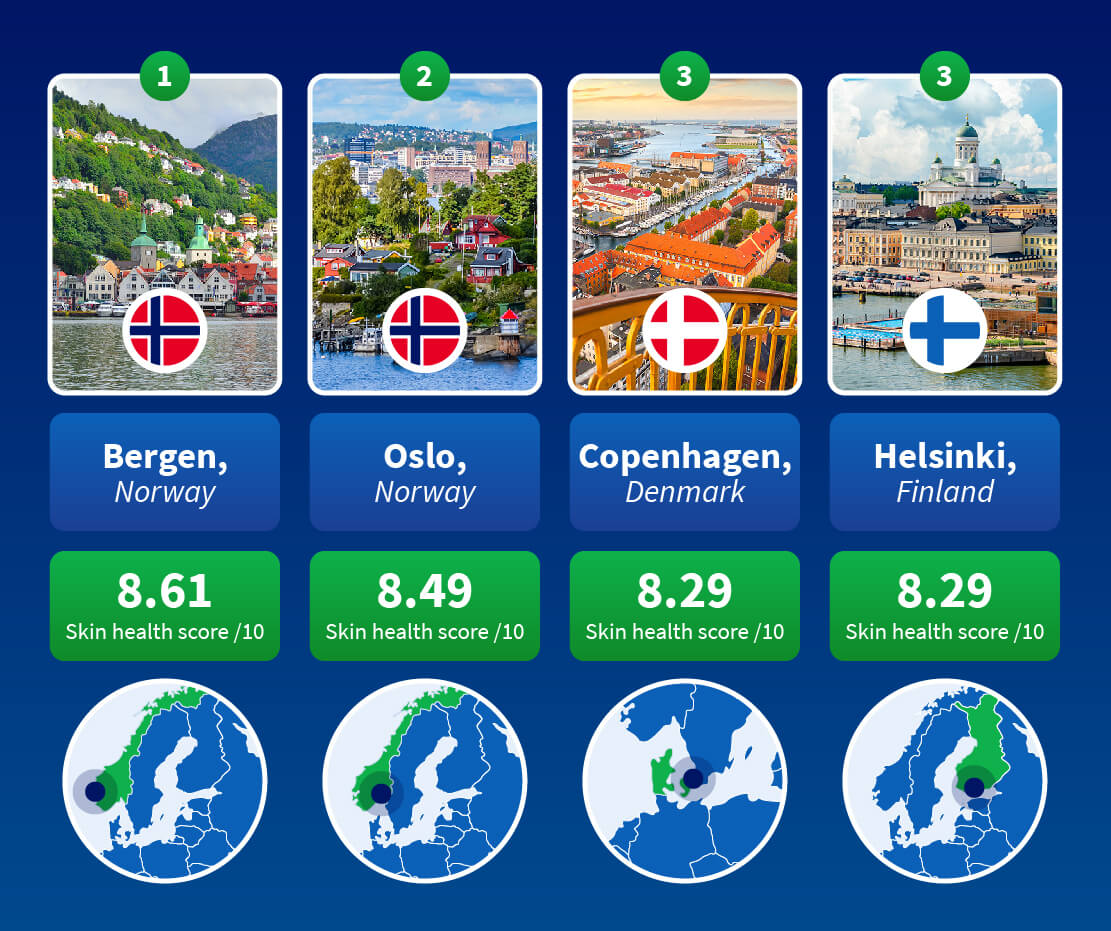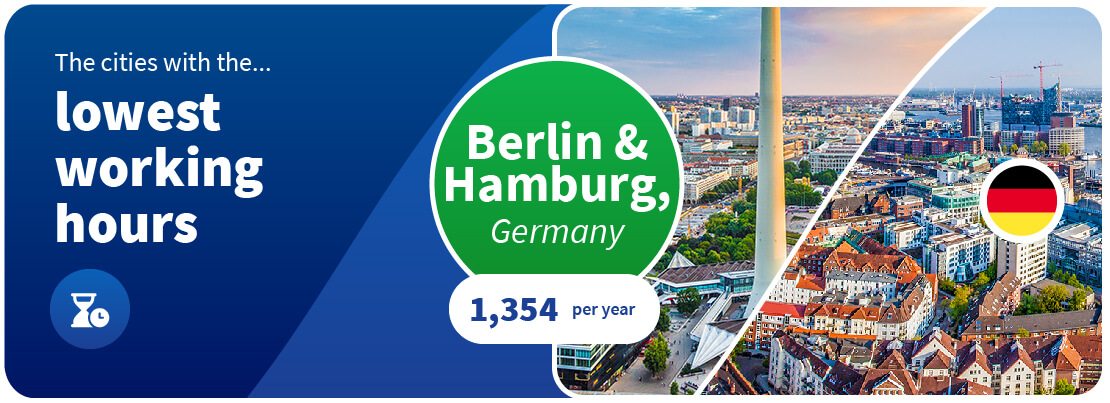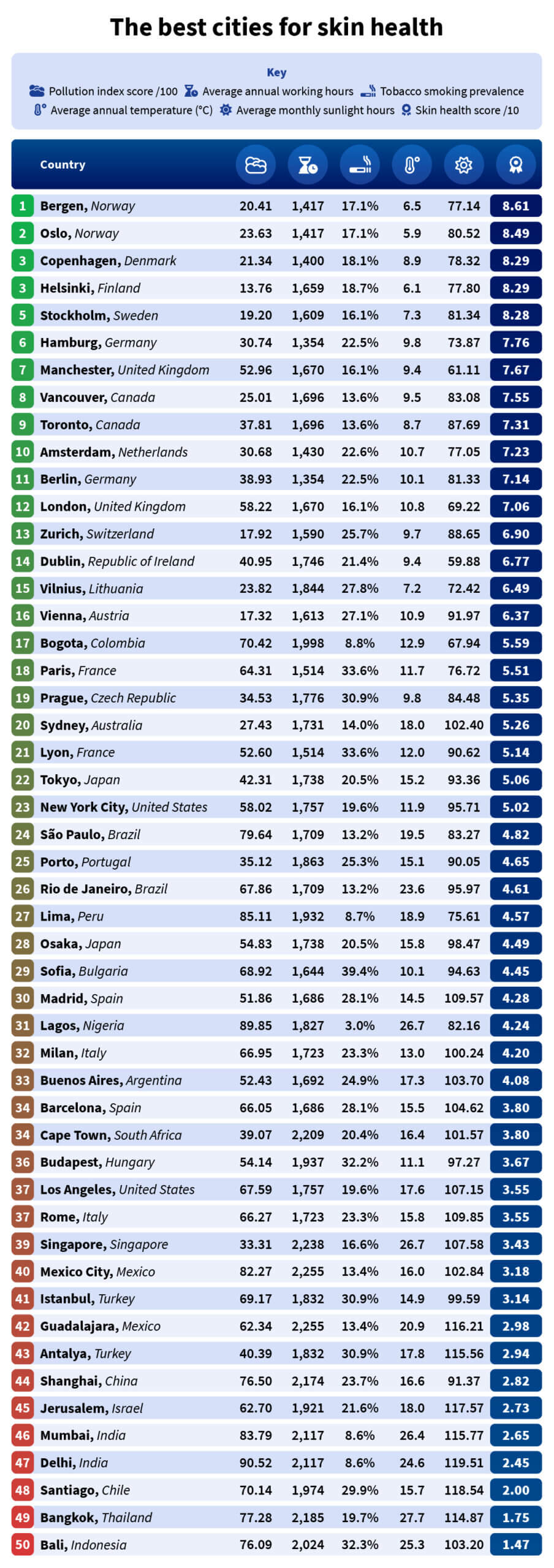The Burrow

Having healthy skin can play a huge part in how confident we feel about ourselves – that’s why it’s a great idea to maintain healthy skin habits. But with so many factors influencing the way your skin looks, and each person having a different skin type, how are you meant to know what’s best for yours?
A great way to answer this question is to turn to a professional, such as dermatologists or skin check experts. However, that can become expensive, especially if you are intent on going regularly to maintain good habits. Luckily, certain health insurance extras policies can support such endeavours.
Some funds will pay a benefit towards skin checks or Cancer Council UV products such as sunscreen, swimwear, glasses and hats, all of which are important for sun safety. Things such as the sun’s UV rays1 and the local air pollution2 can cause problems for your complexion and both factors can vary quite a lot, depending on where you live.
And it’s not just a cosmetic issue either, as prolonged exposure to these harmful elements can lead to more serious medical conditions, too.
That’s why the health insurance experts at Compare the Market have analysed 50 cities from around the world on factors such as those above to reveal the world’s Healthy Skin Hotspots.

Understandably, it’s colder cities with less sunlight that contribute to better skin health, so it shouldn’t be surprising that Bergen, in Norway, takes top place.
However, aside from the fact that it averages just 6.5°C annually and 77.14 hours of sunlight per month, the Norwegian city scored highly for most of the factors studied.
For example, Bergen has an air pollution score of just 20.41 out of 100, and Norway as a whole has average working hours of 1,417 per year, fewer than most other countries on the list, meaning its workers may experience less stress than elsewhere in the world.
Second place goes to another Norwegian city, Oslo, which was actually the city with the lowest average temperature (5.9°C) on the list.
However, it just fell behind neighbouring Bergen on other factors such as air pollution and sunshine hours, which is why it just misses out on first place.
Another two Nordic cities share third place, in the form of Helsinki & Copenhagen. Helsinki has the lowest air pollution of each of the cities that we looked at, with a score of just 13.76 out of 100 and also scored highly for its low average temperatures.
The Danish capital, Copenhagen, scored well more or less across the board, but especially when it comes to the average working hours in Denmark, which stand at just 1,400 a year.

Air pollution can have a negative impact on your skin health, exposing it to particulate matter that can make your skin look older and inflamed.3
According to a review by Frontiers in Environmental Science, it can also potentially cause skin conditions such as atopic dermatitis, eczema, psoriasis or acne and even skin cancer.3
In this sense, Helsinki is the best city, as it has the lowest air pollution of major cities, scoring just 13.76 out of 100.

We all know that stress can be a big contributing factor to skin catastrophes, and that work can be one of the biggest drivers of stress.
Germany is one of the countries that has the lowest average working hours per year at 1,354, so residents of cities here could enjoy a slightly better work-life balance, hopefully resulting in better skin!

Smoking is another factor that can seriously damage your skin over time, speeding up the ageing process and causing crow’s feet, as well as uneven complexion and wrinkles.4
The country where smoking rates are at their lowest is Nigeria, where smoking in public places is prohibited.5

Warm weather can cause your skin to become oily, leading to breakouts and leaving it looking greasy.
So while cold weather isn’t something that we would usually wish for, in this case, it does help with your skin, with Oslo having the lowest average annual temperature, at 5.9°C.

Similarly, while we all love the sunshine, spending too long in its UV rays can also affect your skin, especially if you allow yourself to get burnt.1
The city on this list with the lowest average sunshine hours is Dublin, with just 59.88 per month.

To ensure that you maintain good skin health, it’s recommended to have regular skin checks by a professional. Having a health insurance policy in place can help you recuperate the costs, depending on your policy. With so many options available, Compare the Market’s free health insurance comparison tool can help you to get a quote and find a policy that’s suitable for you.
Looking at the top two most searched cities from each country (according to Google Ads Keyword Planner), data was sourced for the following factors, giving each a normalised score out of ten for each, before taking an average across each of these scores.
Note that for each of the factors listed below, a higher number has a negative impact on the overall score, while lower levels will positively impact the overall score.
The average Pollution Index score out of 100 according to Numbeo.
The average annual working hours of an employee in 2017 according to Our World in Data, to show which places are the most stressed. Note that this data is at country level rather than city.
The percentage of adults who smoke, according to the World Health Organization’s Global Health Observatory. Note that this data is at country level rather than city.
The average monthly sunshine hours according to Climate-Data.org.
The average temperature according to Climate-Data.org.